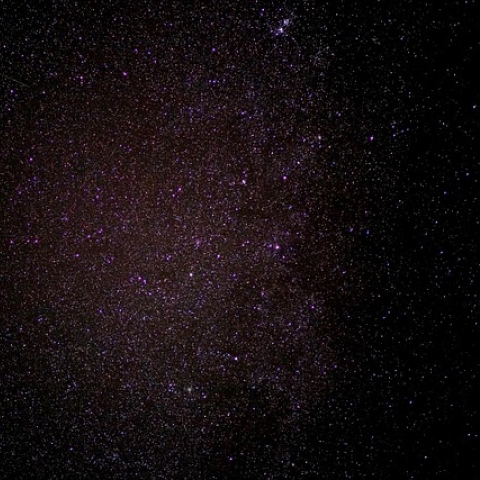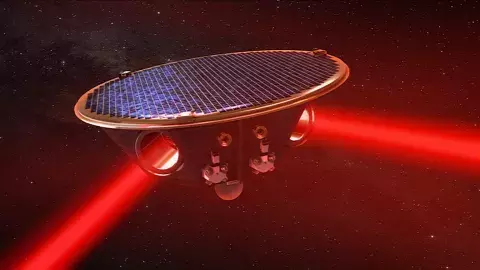

Following today’s Adoption, the LISA mission advances to the construction phase
26 January 2024
6 min read
The first scientific endeavour to detect and study gravitational waves from space has been given the go-ahead from the European Space Agency (ESA).
ESA’s Science Programme Committee has approved the Laser Interferometer Space Antenna (LISA) mission.
This important step, formally called ‘adoption’, recognises that the mission concept and technology are sufficiently advanced, and gives the go-ahead to build the instruments and spacecraft. This work will start in January 2025 once a European industrial contractor has been chosen.
LISA is not just one spacecraft but a constellation of three. They will trail Earth in its orbit around the Sun, forming an exquisitely accurate equilateral triangle in space. Each side of the triangle will be 2.5 million km long (more than six times the Earth-Moon distance), and the spacecraft will exchange laser beams over this distance. The launch of the three spacecraft is planned for 2035, on an Ariane 6 rocket.
Dr Ian Harry, Deputy Director for Research in the Institute of Cosmology and Gravitation and Portsmouth PI for the UK LISA Ground Segment Team, said: “This is a tremendous milestone in the LISA mission! LISA offers fantastic opportunities to revolutionise our understanding of cosmology and gravitation and I am glad to see it get one step close to launch. There are still many data science challenges to be solved in the years before it launches, and I look forward to continuing our work with the UK LISA Ground Segment team to solve these problems in the coming years.
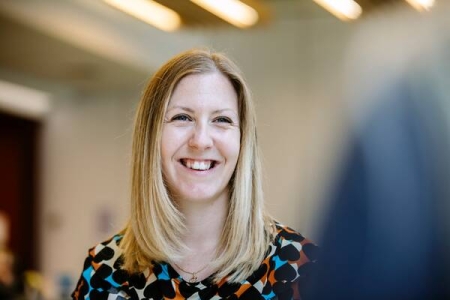
Today is a really exciting day, we’re one step closer to seeing LISA launch in the mid 2030s. LISA will unlock a new part of the gravitational-wave spectrum and allow us to observe some truly remarkable things.
Dr Laura Nuttall, Associate Professor in Astrophysics and UKRI Future Leaders Fellow
The UK has a major involvement in the LISA mission, with significant contributions to the instrument hardware and the on-ground data processing and analysis, supported by funding from the UK Space Agency (UKSA), which has agreed participation in the mission in principle.
Scientists at the University of Portsmouth, University of Birmingham, University of Glasgow, University of Southampton and University of Cambridge are working on addressing important challenges in LISA data analysis and simulation as part of the LISA Science Ground Segment. As a first-of-its-kind mission, developing robust methods for extracting gravitational-wave signals from the data and understanding their properties will be essential to maximising the science return of the mission.
Dr Laura Nuttall, Associate Professor in Astrophysics and UKRI Future Leaders Fellow, said: "Today is a really exciting day, we’re one step closer to seeing LISA launch in the mid 2030s. LISA will unlock a new part of the gravitational-wave spectrum and allow us to observe some truly remarkable things, like the mergers of black holes from the smallest (stellar mass) to the most massive (supermassive)."
Carole Mundell, ESA Director of Science, said: “This trailblazing mission will take us to the next level in a really exciting area of space science and keep European scientists at the forefront of gravitational wave research.”
Alberto Vecchio, Professor of Astrophysics at the University of Birmingham and Principal Investigator of the UK contribution to the LISA Science Ground Segment, said: “LISA is a unique space observatory to precisely map the evolution of the Universe by tracing the pairing up and mergers of black holes from thousands to millions of solar masses. LISA will unveil these cosmic dances all the way to the edge of the Universe and discover tens of thousands of compact objects we know nothing about today. This is going to be a breathtaking journey across the cosmos with so many surprises. For many years the UK has been at the forefront of modelling gravitational wave sources and developing sophisticated analysis techniques for the mission and we are thrilled to be working with our colleagues from all over the world to make LISA a success."
You might also like...
University Professor awarded for ‘unrivalled’ cosmology research
A University of Portsmouth Professor of Cosmology has been awarded a prize from one of the top theoretical physics institutes in Japan.
22 January 2024
4 min read
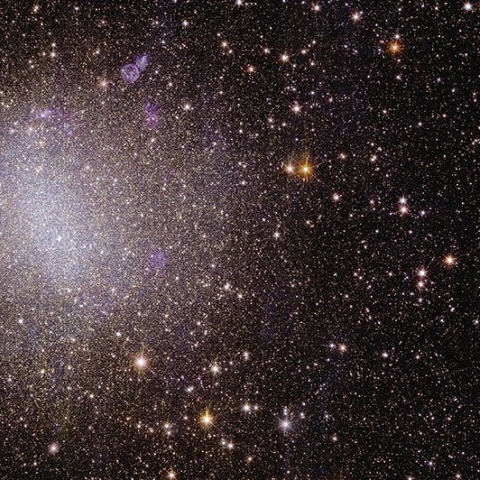
Scientist wins award for research into early galaxies
A University of Portsmouth scientist has won an award for his work on modelling galaxies in the early universe.
18 January 2024
4 min read
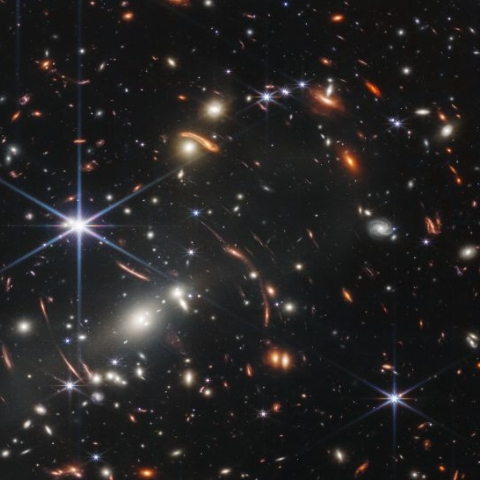
Dark Energy Survey provides unprecedented detail on the expansion of the universe
A decade-long analysis of nearly 1,500 supernovae sheds new light on the mysterious dark energy that makes up around 70 per cent of the universe.
8 January 2024
6 min read
